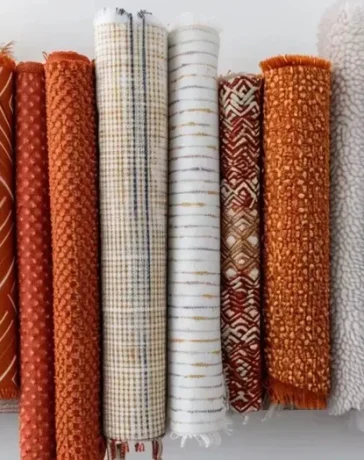The fashion industry is one of the most dynamic and ever-changing industries, where new trends emerge and disappear quickly. Consumers are constantly exposed to new fashion trends and are expected to keep up with them. However, have you ever wondered why some consumers are more inclined to purchase certain fashion items than others?

Understanding Consumer Behavior
Consumer behavior refers to the actions and decisions made by individuals when purchasing goods or services. It is influenced by several factors, including personal preferences, cultural influences, and social norms. In the fashion industry, consumer behavior is driven by psychological factors, such as self-image, social status, and peer pressure.
The Role of Self-Image
Self-image is a crucial factor that shapes consumer behavior in the fashion industry. Consumers use clothing as a means of expressing their personality and identity. For instance, a person may choose to wear clothes that reflect their social status or profession. In addition, clothing can also be used to enhance one’s self-esteem and self-worth. Consumers may feel more confident and attractive when wearing fashionable clothing, which can positively affect their mood and behavior.
Social Status and Peer Pressure
Social status and peer pressure are other psychological factors that influence consumer behavior in the fashion industry. Consumers may purchase certain fashion items to conform to the norms and expectations of their social group. For instance, teenagers may feel pressured to wear trendy clothes to fit in with their peers. Similarly, individuals may purchase luxury fashion items to signal their social status and wealth.
Cultural Influences
Cultural influences also play a significant role in shaping consumer behavior in the fashion industry. Fashion trends and styles vary across different cultures, and consumers may be more inclined to purchase fashion items that align with their cultural identity. For instance, consumers in Asian countries may prefer more conservative and modest clothing styles, while consumers in Western countries may prefer more bold and daring fashion styles.
The Impact of Marketing and Advertising
Marketing and advertising also play a crucial role in shaping consumer behavior in the fashion industry. Fashion brands use various marketing strategies to create brand awareness and promote their products. For instance, fashion brands may collaborate with celebrities or influencers to endorse their products and create a sense of desirability among consumers. In addition, fashion brands may also create limited edition or exclusive fashion items to create a sense of urgency and scarcity among consumers.
Consumer behavior in the fashion industry is driven by several psychological factors, including self-image, social status, peer pressure, cultural influences, and marketing strategies. Understanding these factors can help fashion brands create more effective marketing campaigns and develop products that meet the needs and preferences of their target consumers.














